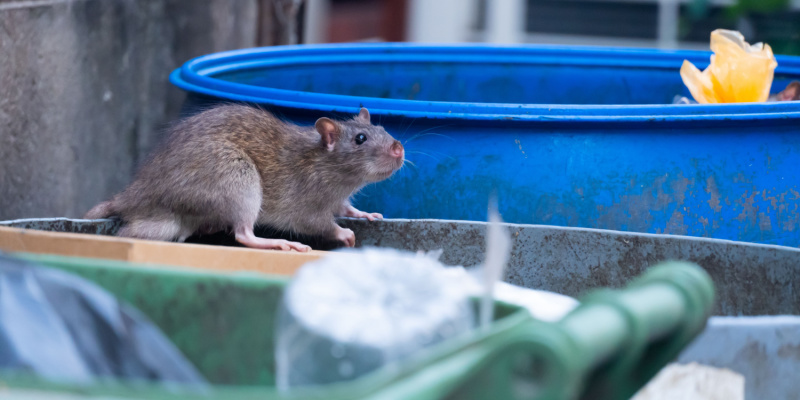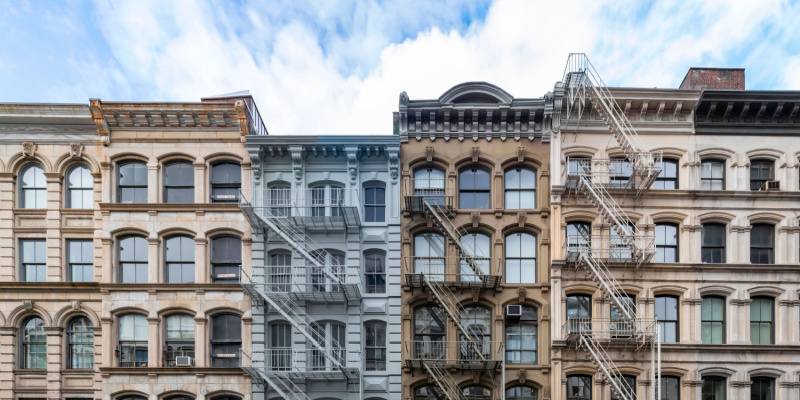New York City’s iconic skyline and bustling streets attract millions of people from around the world, but its urban charm comes with a less glamorous companion: rats. Rat problems in NYC apartment buildings have long been a persistent issue, driven by a combination of factors unique to the city’s dense and diverse environment. In this article, we’ll delve into the causes, effects, and potential solutions to the rat problems that plague apartment residents in the Big Apple.
Causes of Rat Problems
1. Urban Density
The sheer density of NYC, with its towering skyscrapers and tightly packed streets, provides rats with ample hiding spots and access to potential food sources. The close proximity of buildings and alleyways creates an ideal environment for rats to thrive.
2. Abundant Food Sources
Rats are opportunistic feeders, and the abundance of food in NYC—whether from restaurants, street vendors, or discarded waste—provides a steady supply for these pests. Improperly sealed garbage bins and overflowing trash cans attract rats in search of an easy meal.
3. Inadequate Waste Management
Improper waste disposal practices, such as leaving trash bags in hallways or failing to secure garbage bins, contribute significantly to rat infestations. Rats are skilled at tearing through bags to reach food, exacerbating the problem.
4. Building Structures and Gaps
Older apartment buildings with cracks, holes, and gaps in their structures can serve as entry points for rats. These rodents can easily infiltrate through small openings and find shelter within the building.
Effects of Rat Infestations
- Health Risks
Rats are carriers of various diseases, including leptospirosis, salmonellosis, and hantavirus. Their droppings and urine can contaminate surfaces, posing health risks to residents. Moreover, rat bites can lead to infections and allergic reactions.
- Structural Damage
Rats have strong teeth that continuously grow, leading them to gnaw on various materials, including electrical wiring, plumbing, and wooden structures. This poses a risk of fires, flooding, and compromised building integrity.
- Psychological Impact
The presence of rats can create a sense of fear, anxiety, and discomfort among apartment residents. The thought of sharing living spaces with these pests can have a negative impact on mental well-being.
- Reputation and Property Value
Rat infestations can harm the reputation of apartment buildings and the neighborhoods they are located in. Lower property values and difficulty attracting tenants can result from a perceived lack of hygiene and cleanliness.
Solutions and Mitigation Strategies
1. Improved Waste Management
Proper waste disposal is crucial in preventing rat infestations. Building management should ensure that garbage bins are tightly sealed, trash rooms are clean, and residents are educated about proper disposal practices.
2. Sealing Entry Points
Regular maintenance and sealing of cracks, gaps, and openings in building structures can help prevent rats from entering.
3. Sanitation and Cleanliness
Regular cleaning of common areas, hallways, and stairwells helps eliminate potential food sources. Residents should be encouraged to keep their apartments tidy and promptly report any signs of rat activity.
4. Pest Elimination Measures
Professional pest elimination services can be employed to assess the extent of the infestation and implement appropriate measures. This may include baiting, trapping, pesticides, and ongoing monitoring to ensure the problem is effectively managed.
5. Community Involvement
Engaging residents in rat prevention efforts through community education and awareness campaigns can foster a sense of responsibility and cooperation. Building a collective effort to maintain cleanliness and report issues is key to long-term success.
6. Modernization and Upgrades
Investing in building modernization and upgrades can help reduce vulnerabilities to rat infestations. Upgrading waste disposal systems, repairing structural damage, and implementing rat-resistant building features can make a significant difference.
Rat problems in NYC apartment buildings are a complex issue influenced by urban density, abundant food sources, and inadequate waste management. However, by implementing a combination of methods such as waste management, building upgrades, and employing help from pest experts like Systematic Pest Elimination, these rat problems can be effectively mitigated. As residents and building management work together, NYC’s iconic apartment buildings can remain havens of comfort and safety, free from the unwanted presence of these persistent pests.


